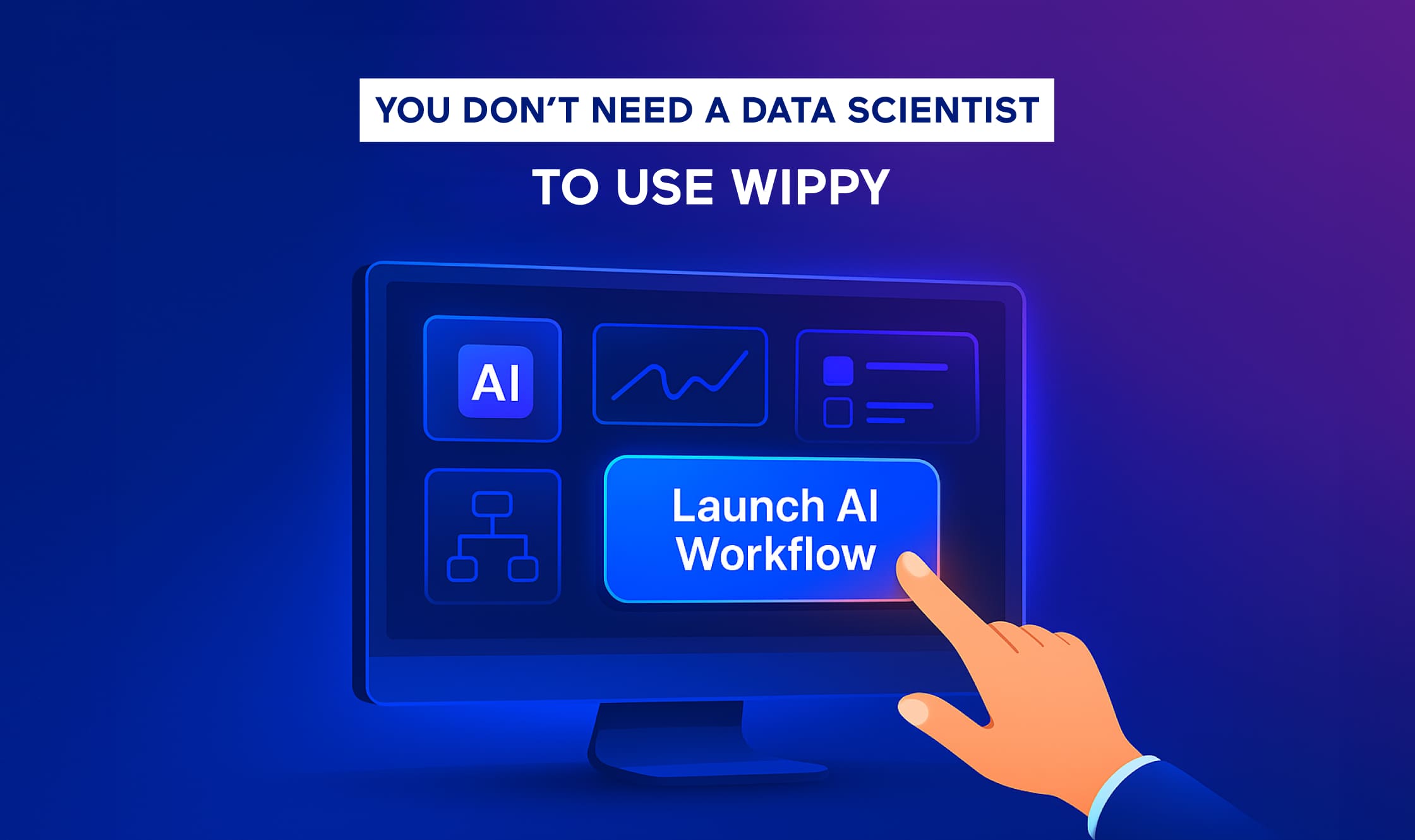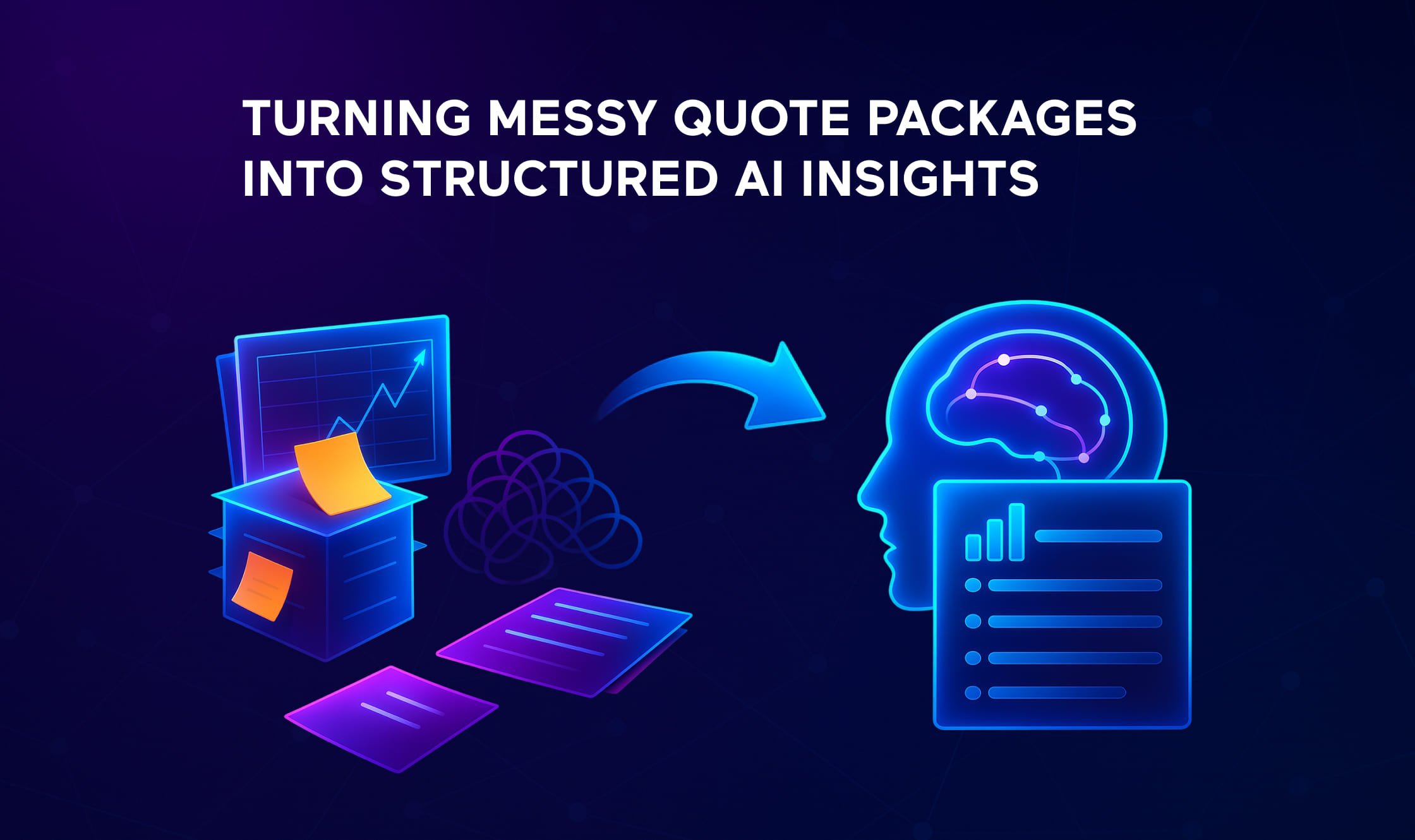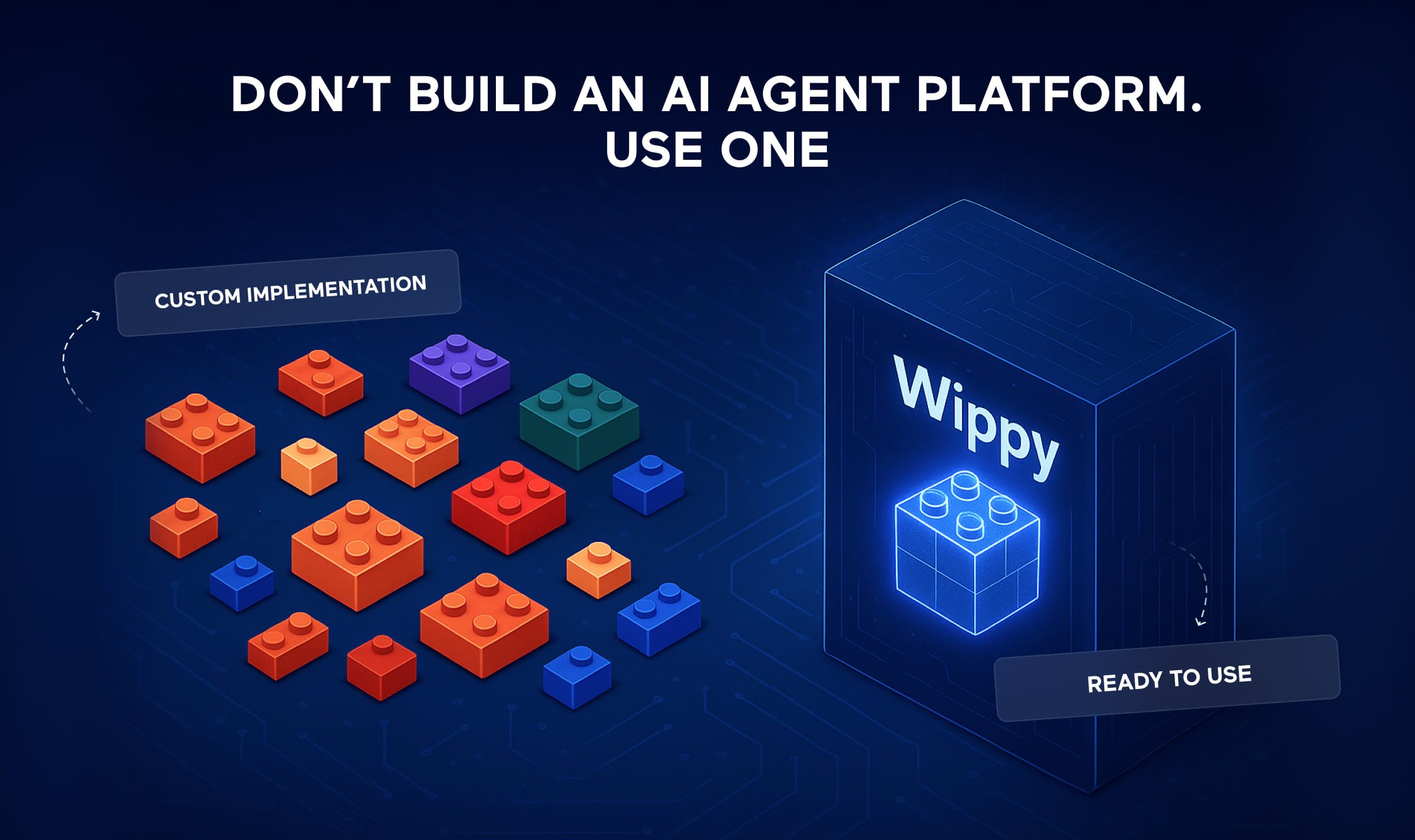AI is transforming businesses by enhancing efficiency and reducing costs. This playbook provides strategies for integrating AI agent automation and intelligent automation platforms to boost productivity.
AI is no longer a futuristic concept – it’s a practical tool that’s already transforming businesses. Whether you’re a SaaS leader, a product manager, or a decision-maker evaluating AI adoption, the real question isn’t IF you should use AI, but HOW to implement it effectively.
This playbook is designed to help you:
- Debunk common AI myths that might be holding you back.
- Discover real-world use cases where AI is saving time and money.
- Identify automation opportunities that drive efficiency and revenue growth.
- Get started with AI workflows without disrupting your current operations.
By the end, you’ll have a clear roadmap to integrating AI into your business in a way that enhances productivity, reduces costs, and keeps you ahead of the competition.

Common Myths About AI (and the Truth Behind Them)
- Myth 1: AI is Too Complex and Requires a Dedicated AI Team
Reality: AI tools have evolved. No-code and low-code AI platforms like Wippy make it easy to integrate AI-driven automation into your workflows without needing a team of data scientists. - Myth 2: AI Will Replace Human Jobs
Reality: AI doesn’t replace people—it enhances productivity. Businesses using AI agents see a 30-50% reduction in manual workload, allowing teams to focus on higher-value work. - Myth 3: AI is Only for Big Companies with Huge Budgets
Reality: SaaS platforms and mid-sized businesses are already using AI-powered workflows to improve efficiency and customer experiences without major investment.
5 AI-Powered Automations That Save Teams 10+ Hours a Week
AI is most powerful when it eliminates repetitive, manual tasks. Here are five real-world automation use cases:
- Automating Data Cleansing and Formatting
Instead of spending hours manually cleaning Excel spreadsheets or CRM data, AI can detect errors, standardize formats, and automate data structuring. - Customer Support Automation with AI Agents
AI-powered chatbots and virtual agents handle common inquiries, FAQs, and support tickets, freeing up human agents for complex issues. - Automating Internal Workflows (Task Assignments, Approvals, and Notifications)
AI integrates with tools like Slack, Jira, and Salesforce to automate approvals, task assignments, and workflow notifications. - Lead Qualification & Sales Automation
AI can analyze inbound leads, score them based on intent, and automate personalized outreach, improving conversion rates.
Predictive Maintenance & Monitoring
For SaaS and infrastructure-heavy businesses, AI can predict downtime, optimize server performance, and proactively flag issues before they escalate.
How AI Can Reduce Costs by 30% in SaaS & Service-Based Businesses
AI isn’t just about productivity—it directly impacts the bottom line. Here’s how:
- Lower Operational Costs – AI reduces manual workload, saving 20-40% in labor costs.
- Reduced Errors & Rework – AI improves accuracy, cutting down costly human errors by up to 50%.
- Faster Customer Response Times – AI-driven automation cuts resolution times in half, leading to higher customer retention and lower churn.
- Optimized Marketing Spend – AI can predict high-intent buyers and allocate ad spend more efficiently.
Real-World Case Studies: How Companies Are Using AI to Gain a Competitive Edge
Case Study 1: Automating Onboarding for a SaaS Company
A SaaS business used AI-driven workflows to automate 80% of its user onboarding tasks, reducing onboarding time from 5 days to 1 hour and boosting user activation rates.
Case Study 2: AI-Powered Document Processing A finance firm automated document classification and data extraction, saving 400+ hours per month in manual processing.
Getting Started: A Simple AI Roadmap for Business Leaders
To begin your AI journey, consider these steps:
- Assess Current Workflows – Identify areas where automation can have the most impact.
- Choose the Right Tools – Select platforms that align with your business needs and integrate seamlessly with existing systems.
- Pilot Projects – Start with small-scale implementations to test the effectiveness and gather insights.
Scale Gradually – Expand successful projects across the organization, ensuring support and training for teams.
Final Thoughts & Next Steps
AI offers immense potential for enhancing business efficiency. By leveraging AI consulting services, businesses can tailor AI strategies to their unique needs, ensuring sustainable growth and competitive advantage.
Bonus: AI Implementation Checklist
Want to take immediate action? Download our AI Implementation Checklist, a step-by-step guide to:
- Identifying automation opportunities in your business.
- Choosing the right AI tools for efficiency.
- Scaling AI workflows without disrupting operations.
Ready to Take the Next Step?
AI automation isn’t just for big tech—it’s a game-changer for businesses of all sizes. Let’s talk about how we can integrate AI-driven solutions into your existing operations.



